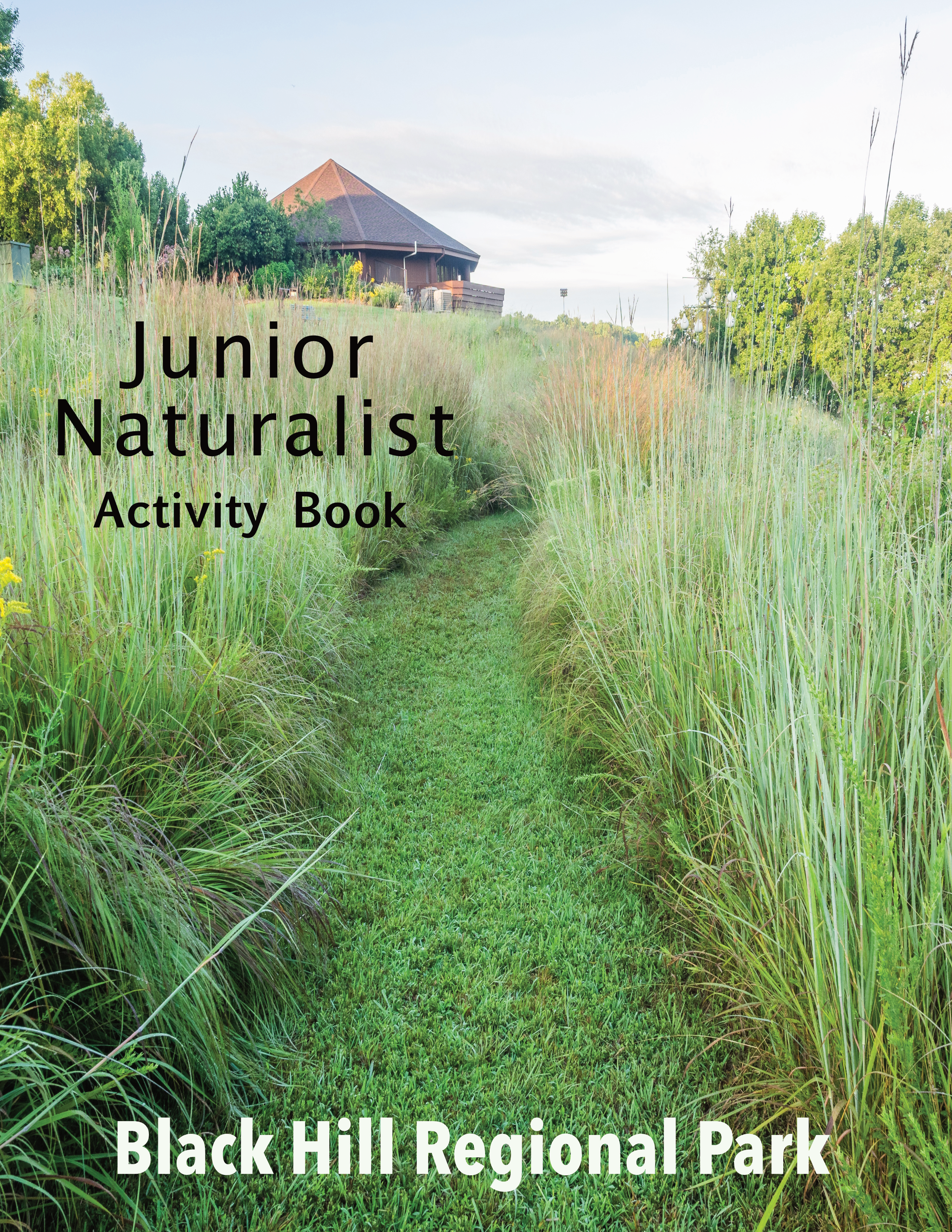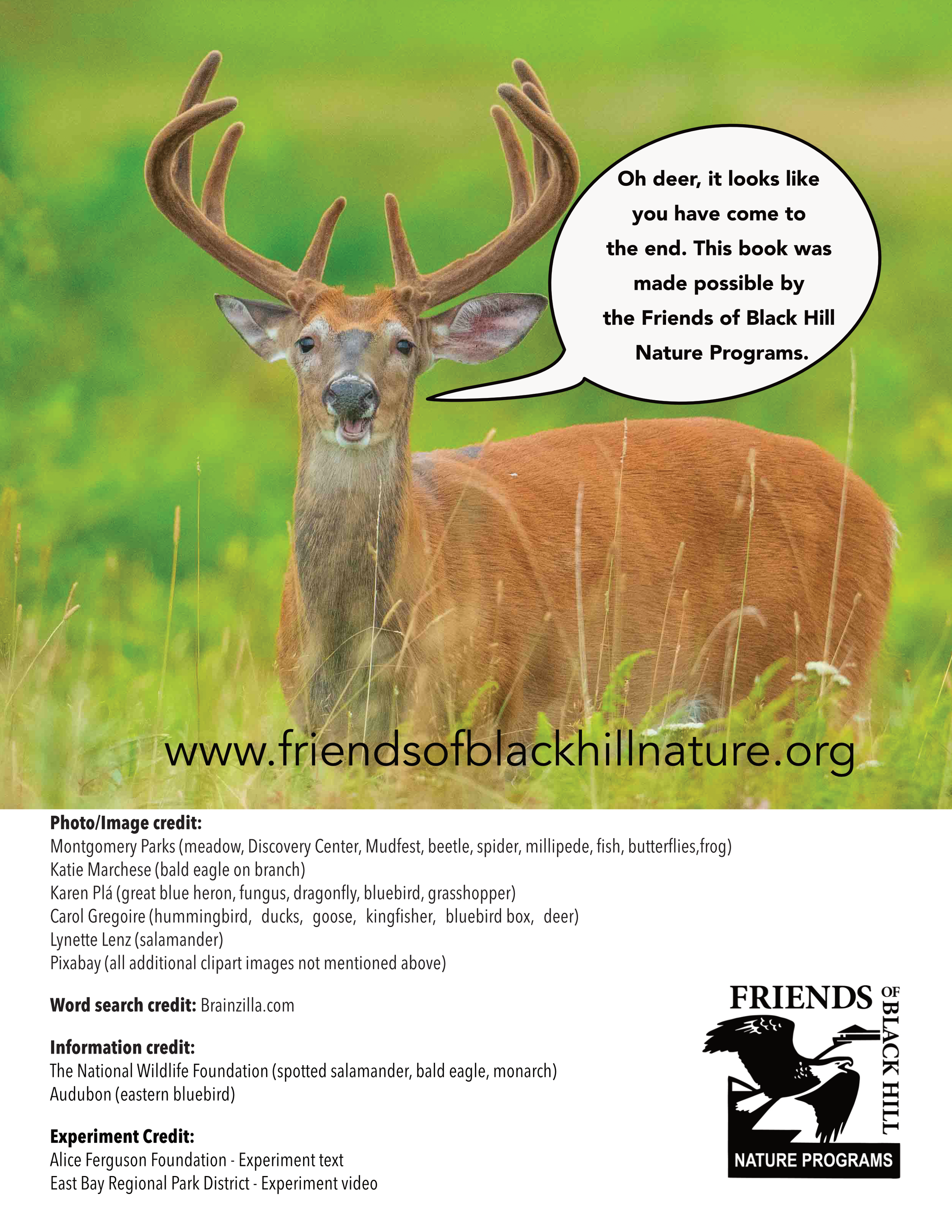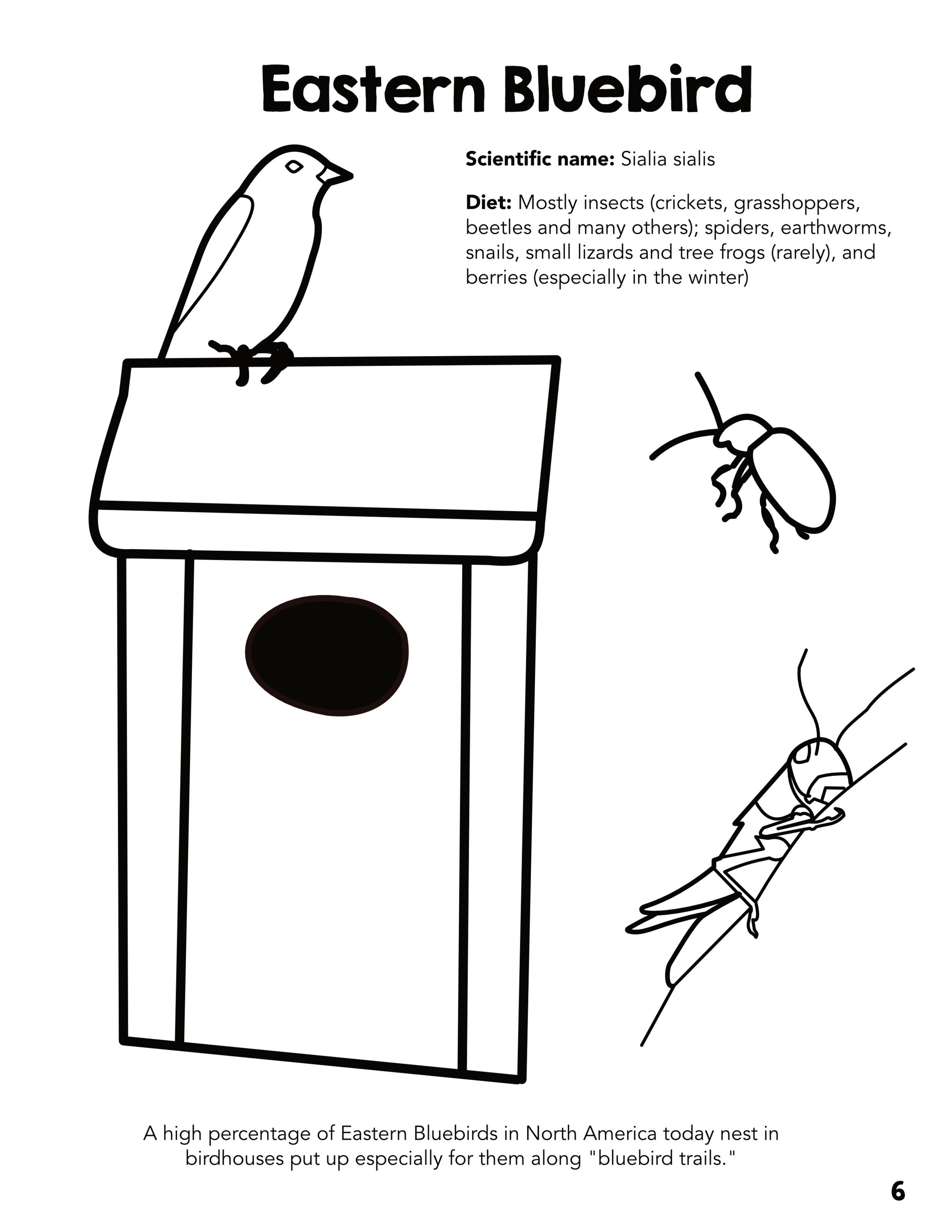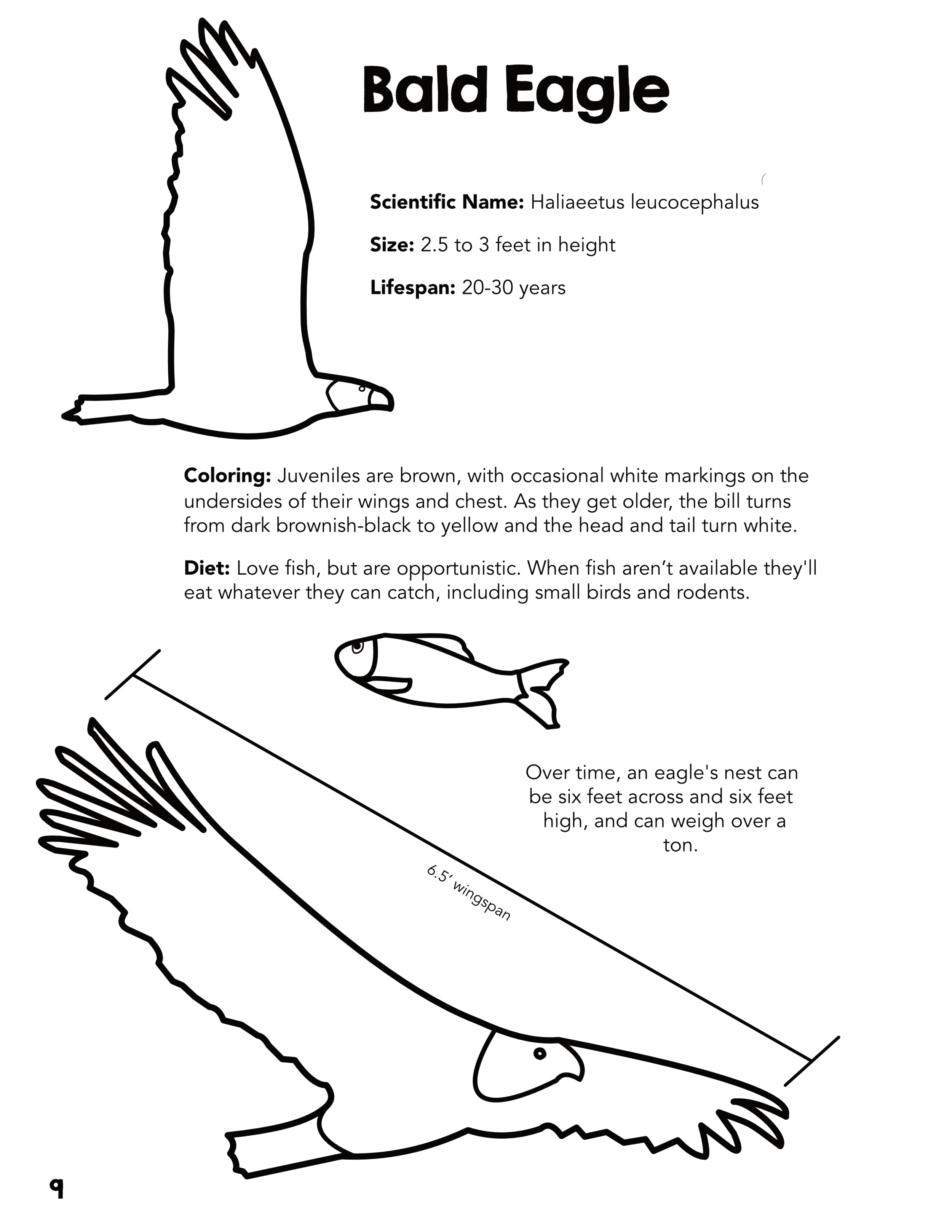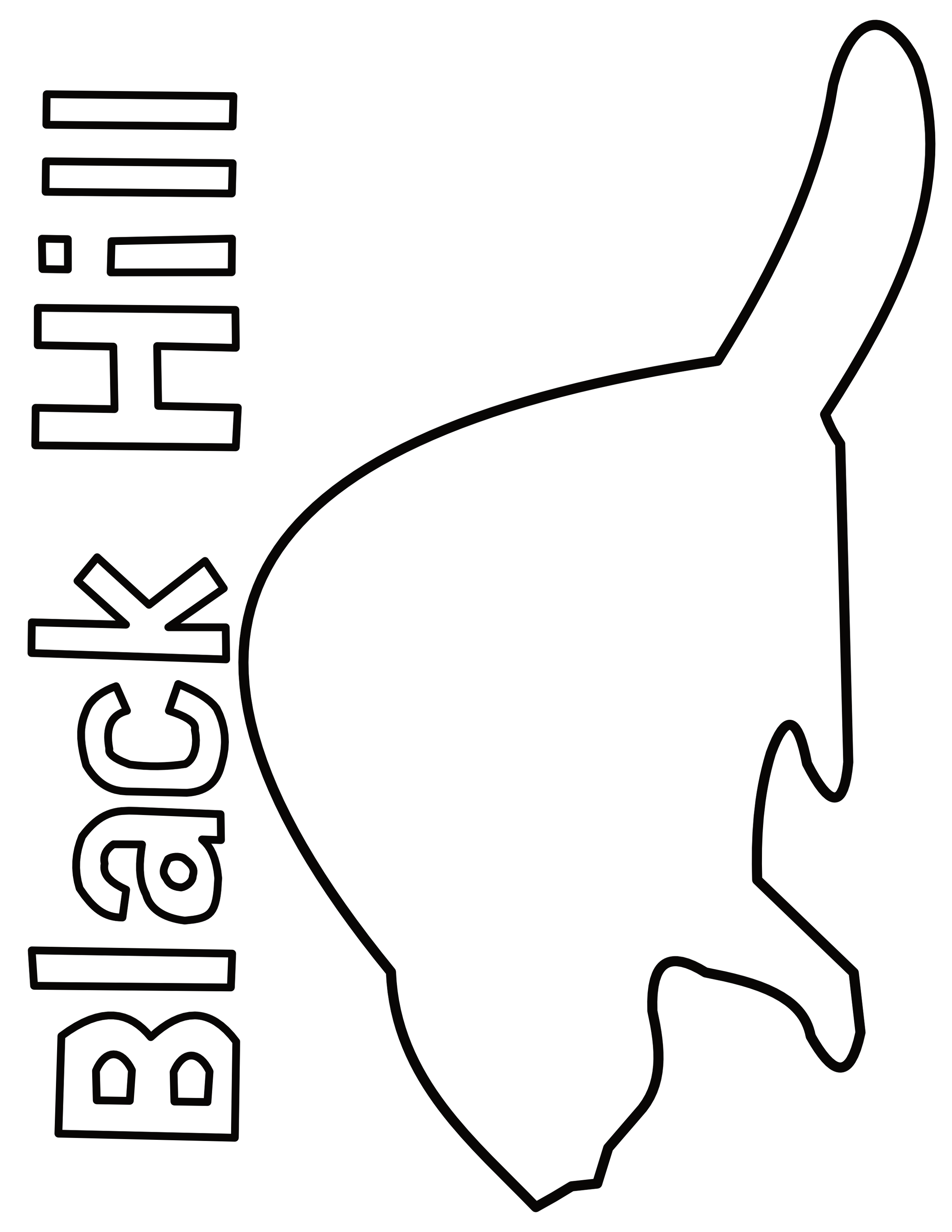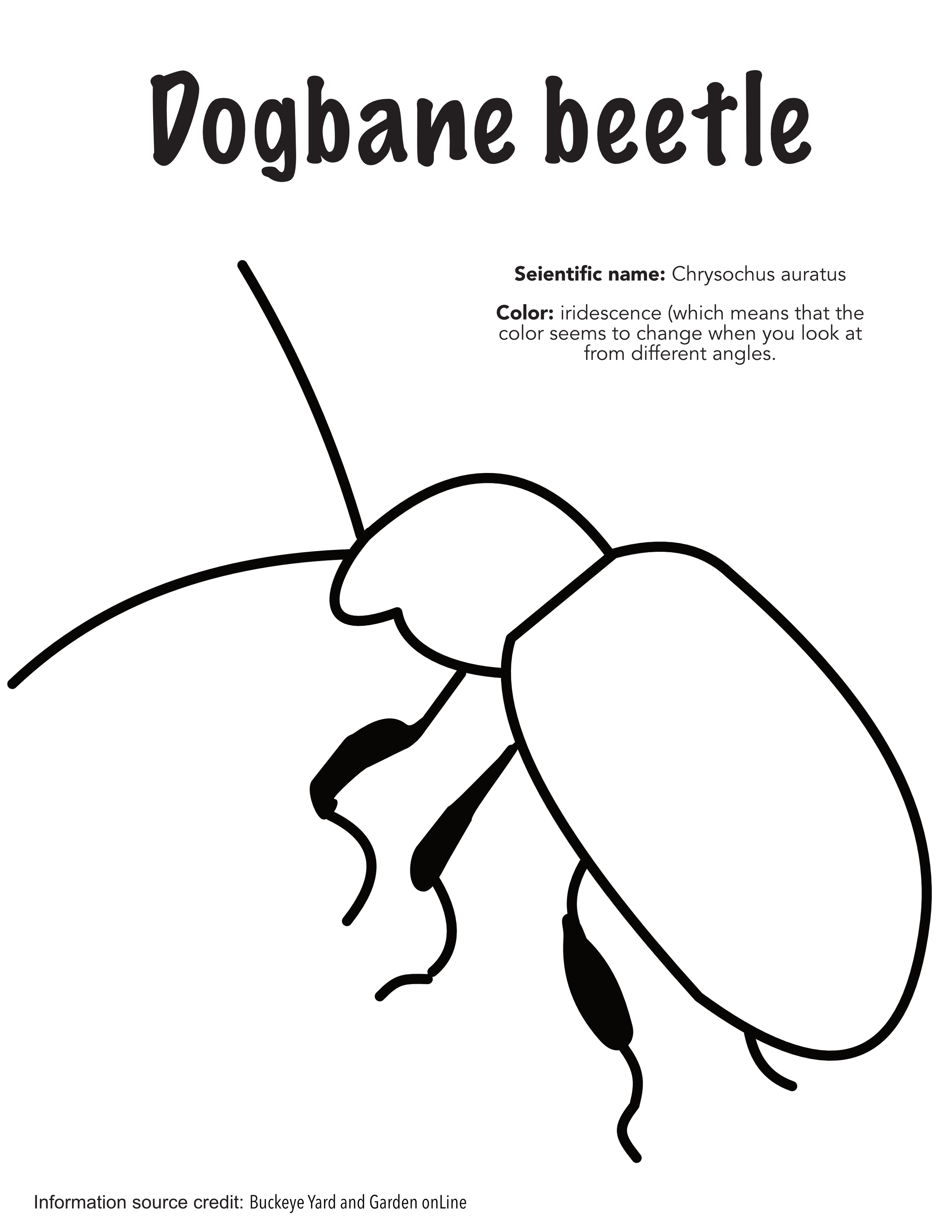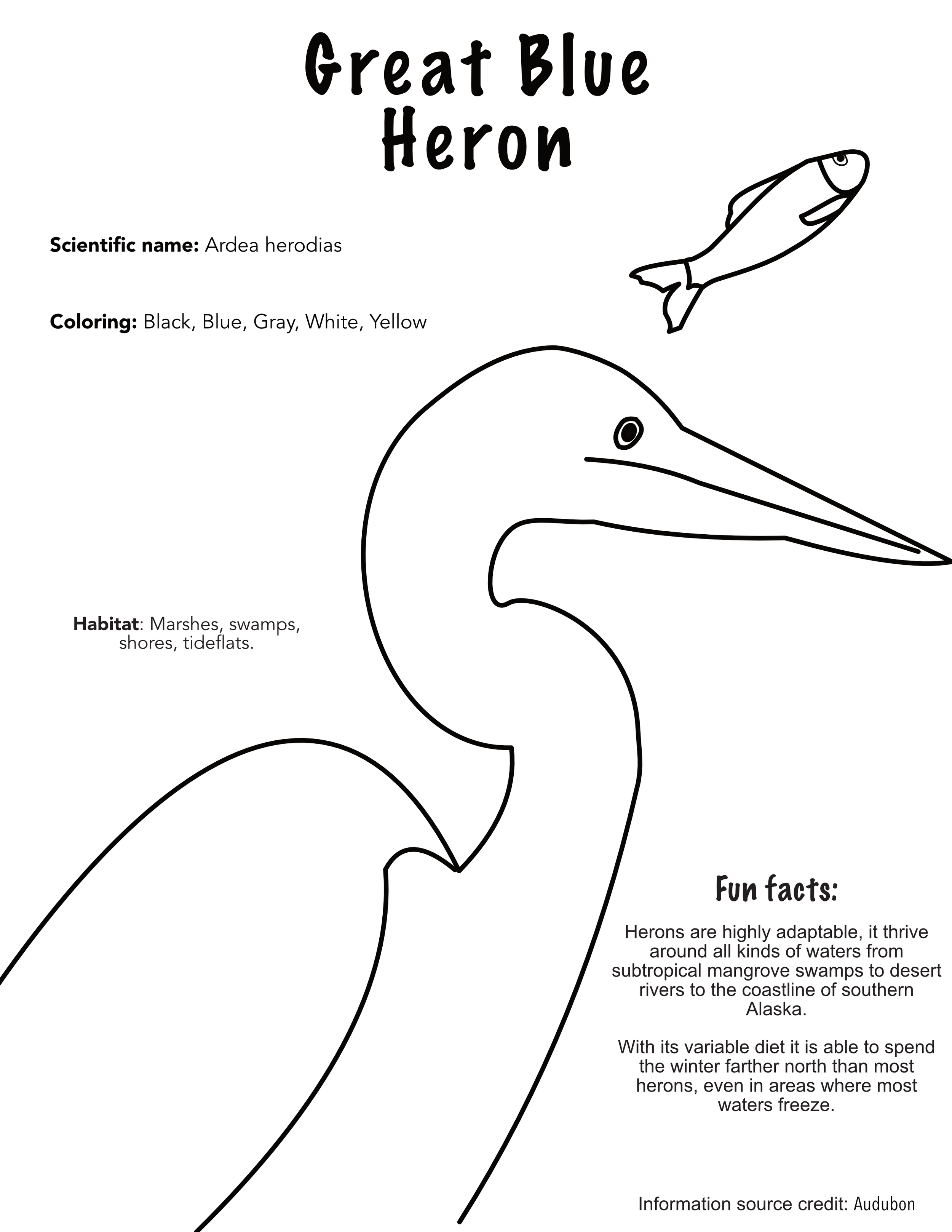Black Hill Junior Naturalist Activity Book
As a Junior Naturalist, you are learning skills that will help you become a great park naturalist someday! Nature knowledge, keen observation skills, and a never-ending curiosity are a must for any successful naturalist!
Click the button below for the full activity book or click the image of the individual pages below to print a specific page. Physical copies will be available at the Discovery Center during open hours.

